Abstract
An expert introduction to the world of “playful wearables” and their design, with a wide range of engaging examples, case studies, and exercises. This pioneering introduction to the world of wearable technology takes readers beyond the practical realm (think Fitbits, Apple watches, and smart glasses) to consider another important side of the technology—the playful. Playful Wearables offers an engaging account of what “playful wearables” are, why they matter, how they work, how they’re made, and what their future might hold. The book’s authors—Oğuz Buruk, Ella Dagan, Katherine Isbister, Elena Márquez Segura, and Theresa Jean Tanenbaum—draw on decades of experience in design, development, and research to offer real-world examples, exercises, and implications, showing how this kind of wearable tech can introduce an invaluable element of play into our everyday lives. As wearable technology emerges in the ecology of costume and fashion, the authors consider its intimate connection to identity and culture. And they look at the ways in which playful wearables, when smoothly integrated into everyday social experiences, support social interaction. The book then moves on to the mechanics of playful wearables—from design strategies and frameworks to specific methods and game design patterns—the building blocks for great playful, wearable designs. All of these elements point to possibilities beyond the realm of games and dedicated play, as the value and uses of playful wearables in the larger world of self, society, and culture become ever more apparent.
Role: Main Co-author
Type: Book
Date: 2024
Co-Authors: Ella Dagan, Katherine Isbister, Elena Márquez Segura and Theresa Jean Tanenbaum
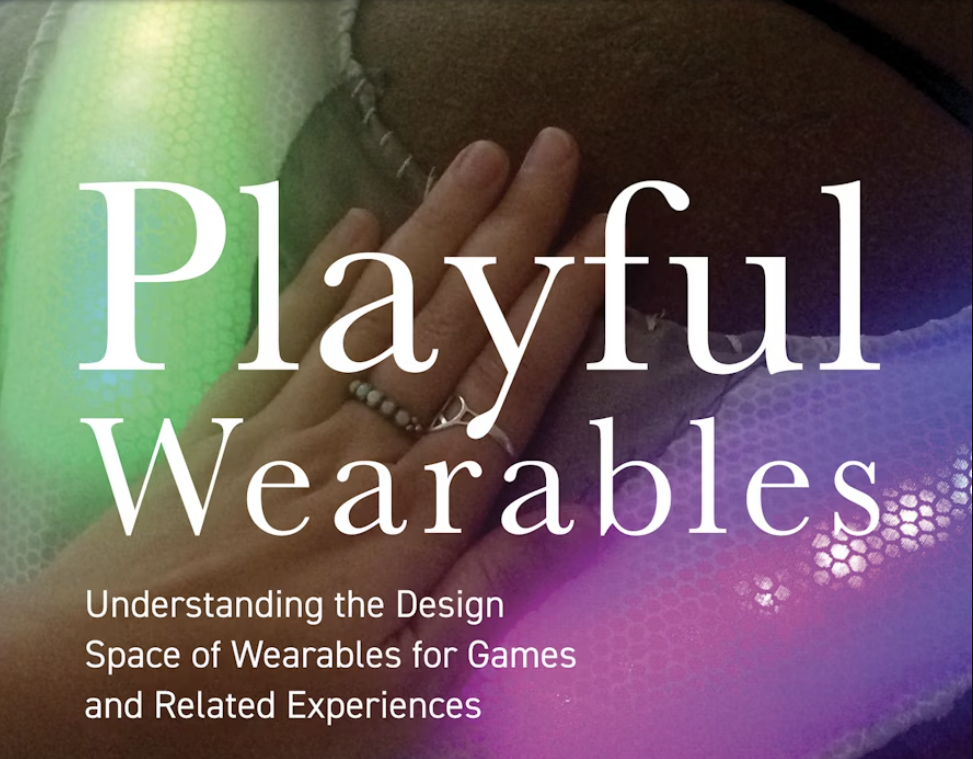
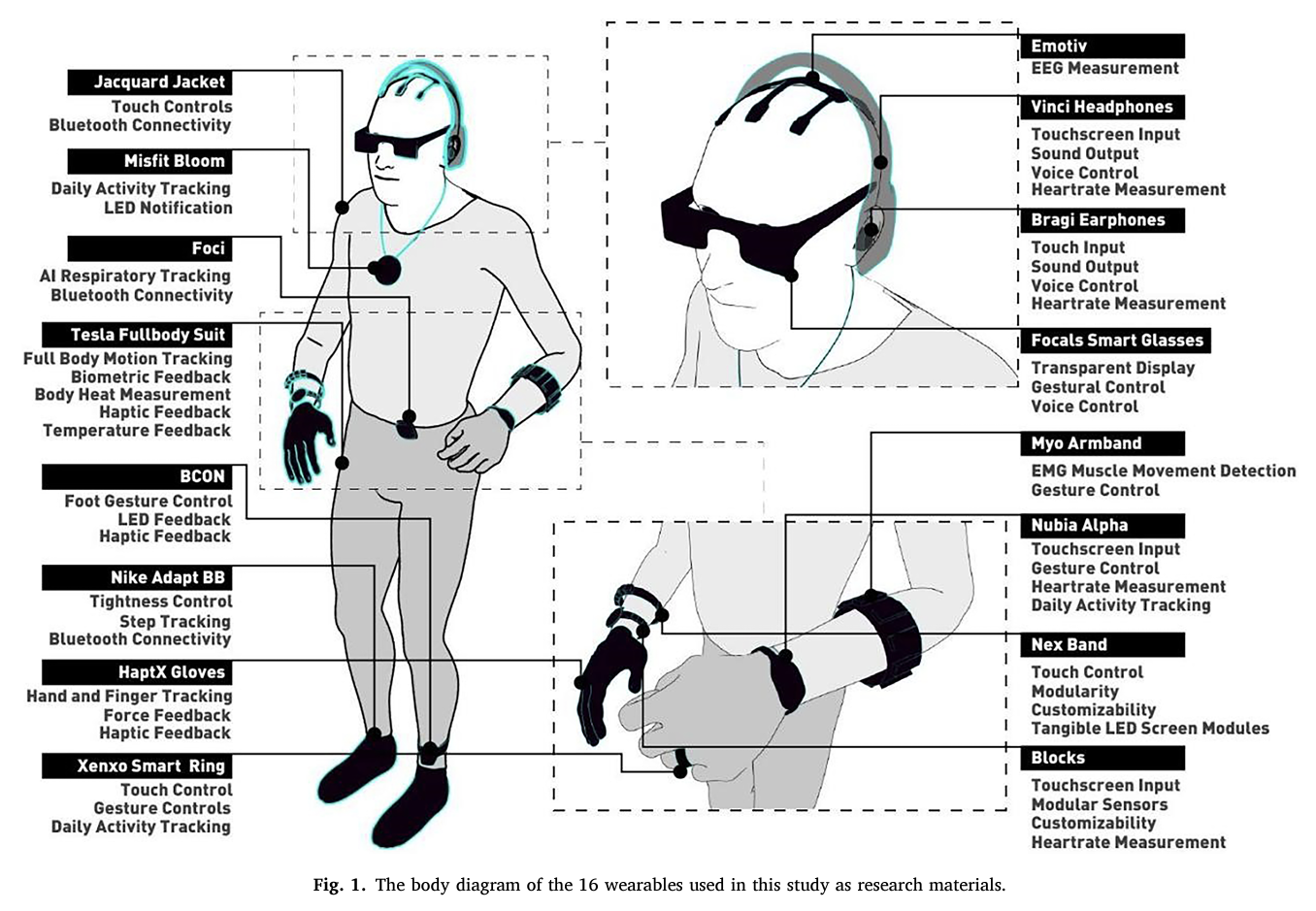
.jpg)
.jpg)
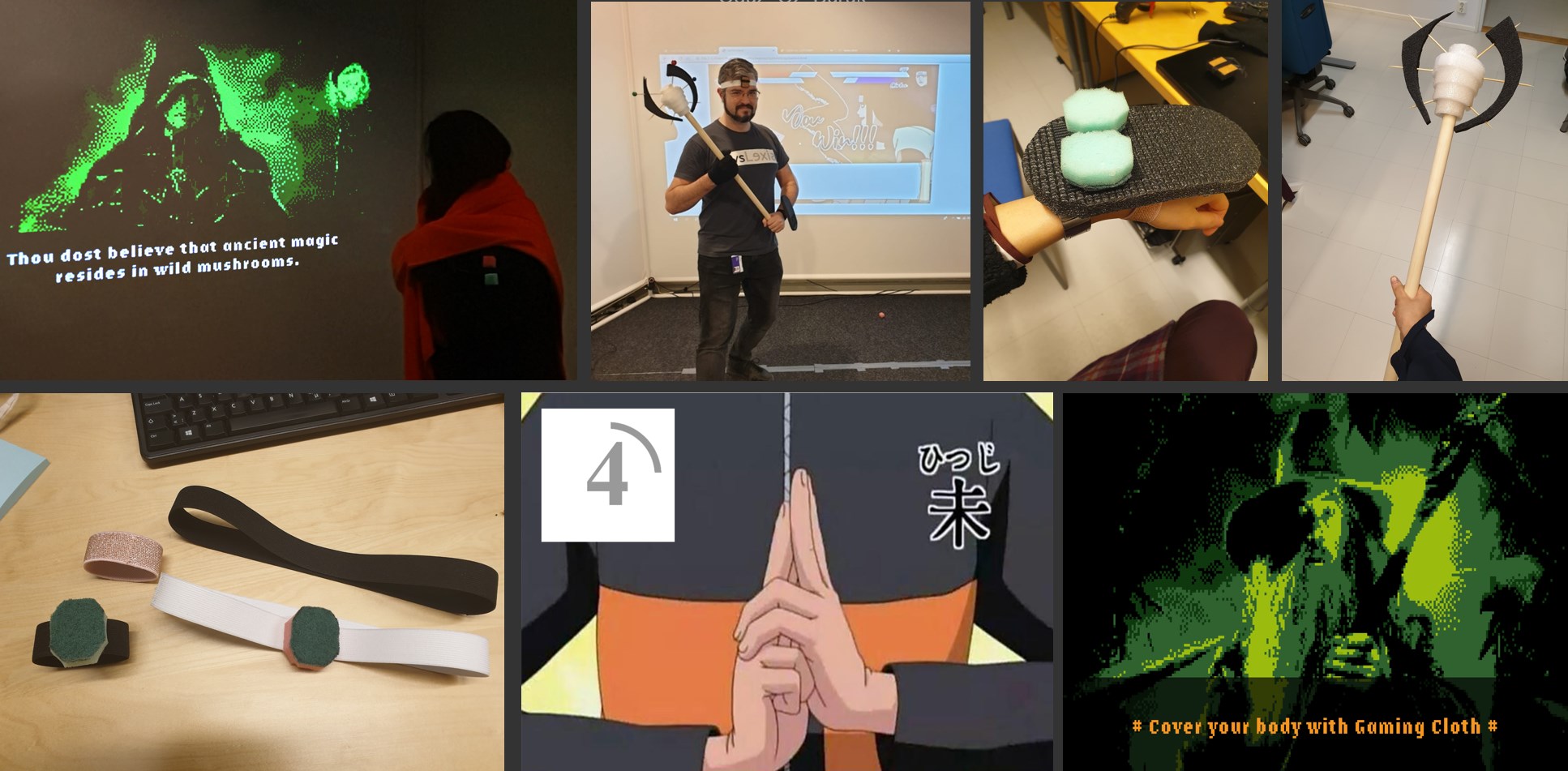
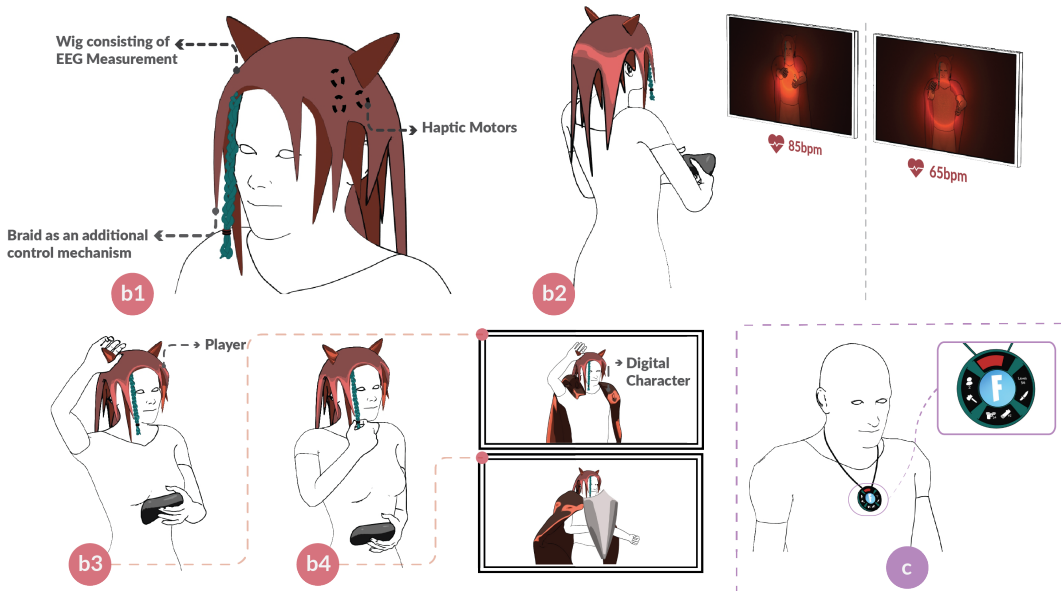
.jpg)
.jpg)
.jpg)
.jpg)
.jpg)
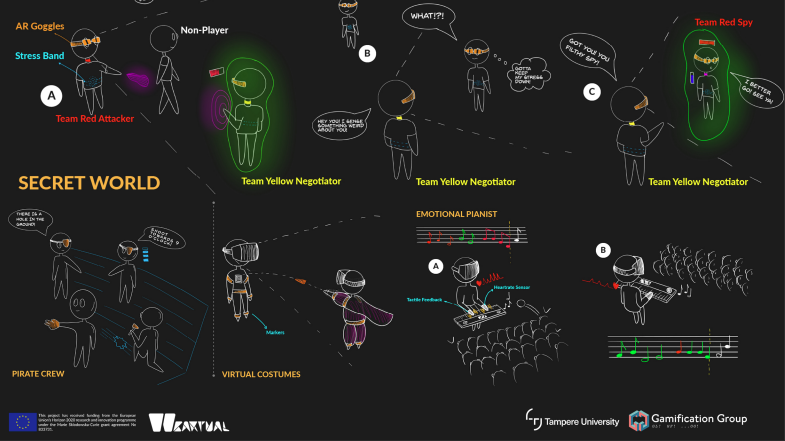
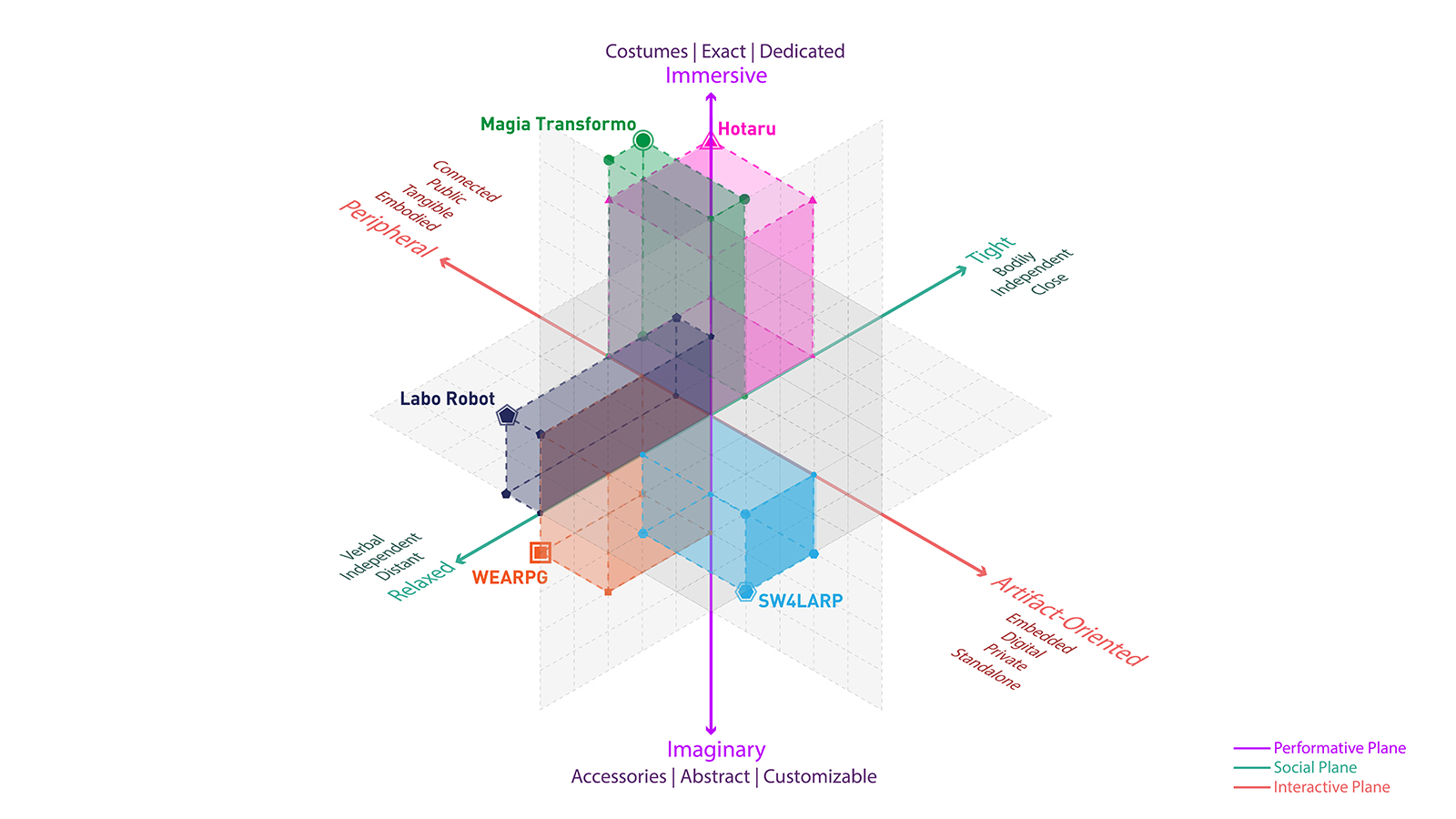
.jpg)
.jpg)